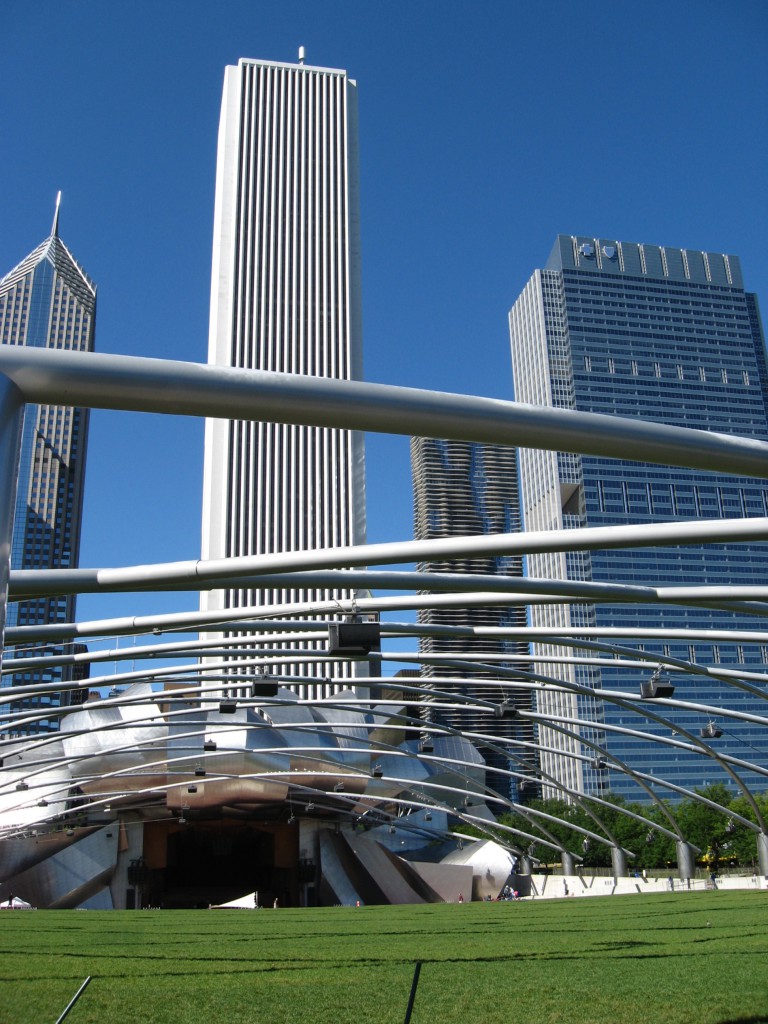At the second plenary session, presiding president Helen Tibbo spoke about the changing needs of the archival profession and how SAA was working to meet those needs. She implored the audience to just ?Do Something? when it came to dealing with born digital records. By waiting until we find funding, or agreeing on the right way to preserve these records, we are creating larger problems for ourselves in the future. Archivists need to be flexible and innovative to use what is currently available and start Doing Something about the problems at hand. Incorporating the knowledge that technology and best practices change into the plan to tackle digital records is one way to turn our weakness of knowledge and resources and turn them into a strength for the future. Flexibility is a way towards creativity and potential solutions to the problems at hand.
Several sessions illustrated this attempt towards just Doing Something. The session “Practical Approaches to Born-Digital Records” gave just that: practical ways to deal with this growing problem. They acknowledged the best practices, but realized that most archival institutions are unable, either through funding, time, knowledge or a combination thereof, to fully realize best practices. The solution is to do the best they can, think outside the box about how to best use their resources, and work collaboratively on the problem one byte at a time. Their efforts showed that using the theories already in place while thinking creatively about implementation can result in improved records control from accession to processing to use.
In the “Faces of Diversity: Diasporic Archives and Archivists in the New Millennium” session, Amalia Levi spoke about using Web 2.0 as a way to bring a community together across time and space through crowdsourcing memories. She turned the traditionally distasteful term crowdsourcing on its head by thinking of it as a participatory collective memory exercise. Using the idea of an archive more flexibly in the digital communication era allowed her to explore archives in non-traditional formats. Doing so, she reaches a community broken apart and helps them build an identity using the archival material. For her project, using archival material is a two-way street, where community members interact with the archival material while adding to it from their own memories and experiences. If there is a way to integrate archives into the digital realm, thinking creatively about how to build bridges between past and present dislocated peoples by using memory and identity seems to be a promising start.
Archivists are threatened by the public opinion that we are all stuffy librarians in dusty basements. This is not the case. In order to change this perception we must utilize everything we have. This means thinking flexibly about archives, acting flexibly when it comes to doing archival work, and remembering that when problems occur creativity is our best solution.
